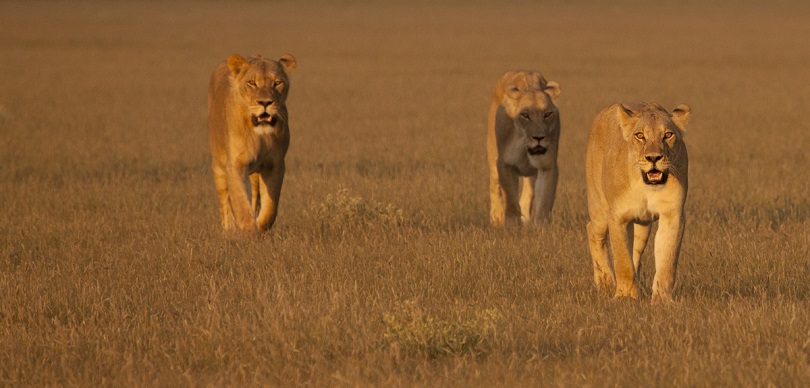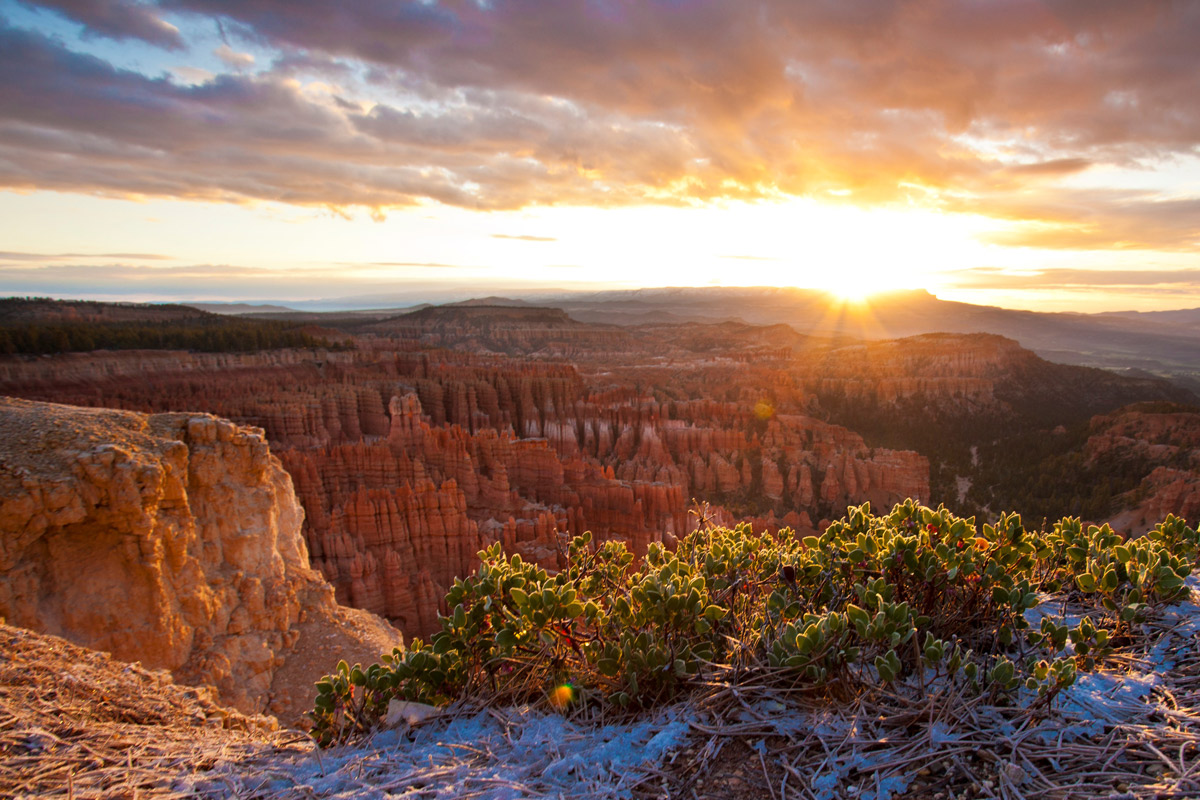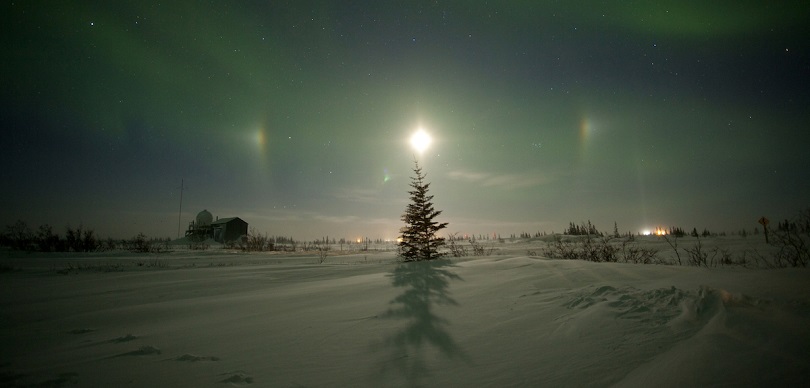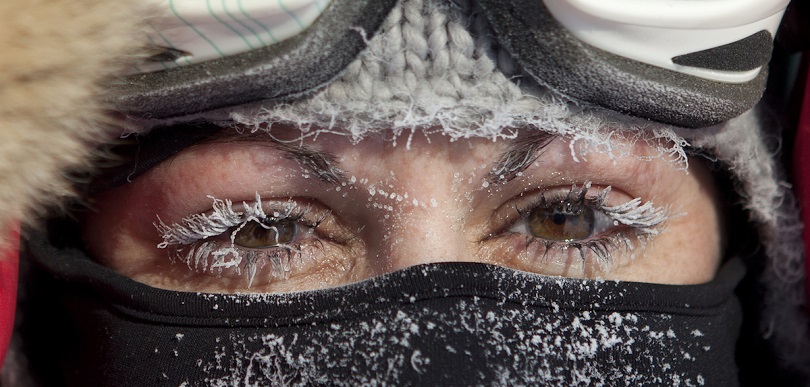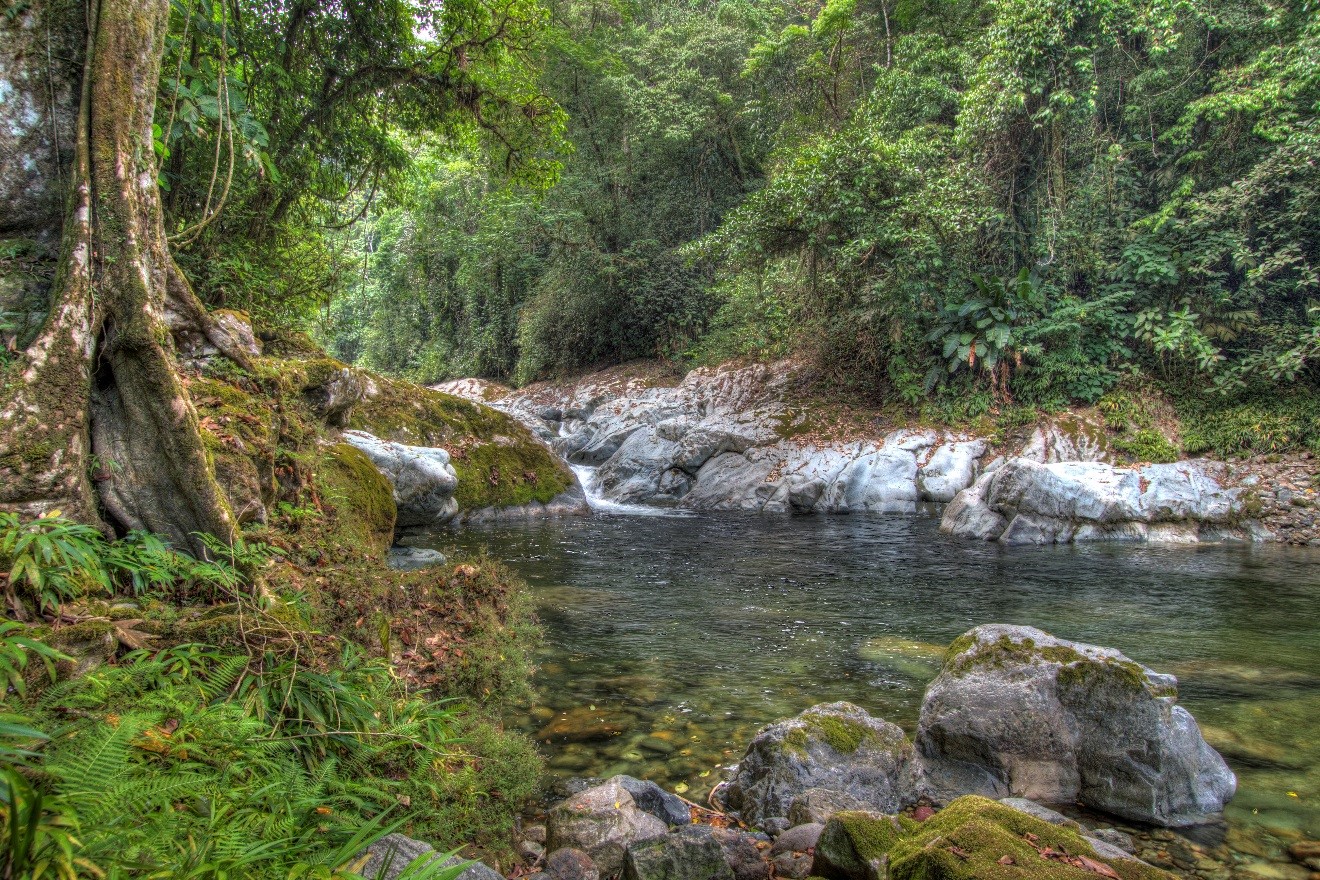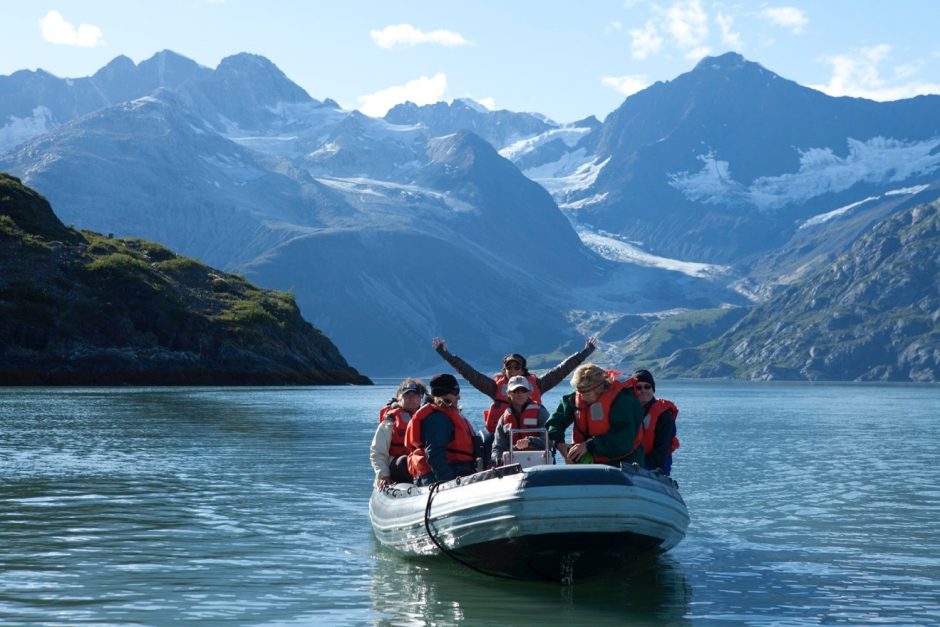
Travel Photography
What an ambiguous term, right? Wouldn’t anything photographed while traveling be considered travel photography? Why would this differ markedly from wildlife photography, or landscape photography? Well the answer is yes, travel photography is an overarching term, and certainly includes wildlife, landscape, and really any other photography you do while traveling. The key injection with travel photography is storytelling. While anyone can shoot an incredible shot of a sally light food crab scurrying across jet black lava in the Galapagos Islands, constituting a great wildlife photo, it’s all about the other photographs you take around this, as well as what you end up doing with your photography to tell the story of your adventure.
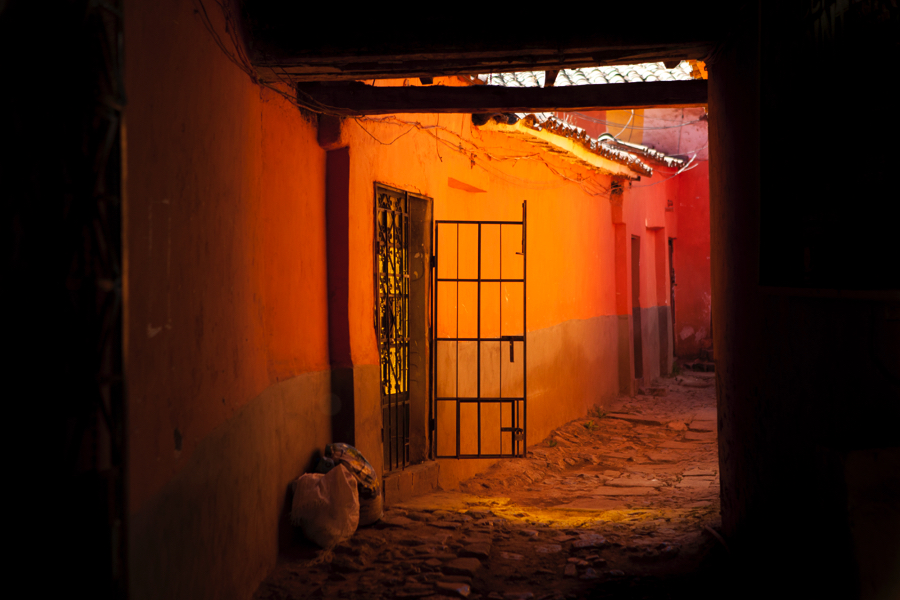
But still, travel photography does have it’s own field of inspiration and creativity, often yielding photos quite different than the perfect waterfall shot, or the magnificent lion sitting in the African savanna. It tends to be more evocative, more creative, and more about the journey.
Take the above photo, for example. It’s certainly not a big bodacious scene of the Galapagos Island volcanoes, or Machu Picchu at sunrise, but this small side street in Peru was part of the journey. Not only is it itself quite a neat photo, but when combined in a slide show or album, it’s an evocative part of the story.

In another example, our friend from the Northern Studies Center in Churchill, Canada was asked to stop building his igloo for a quick photo. Sometimes while on a trip, it’s easier to just go with the flow, and take the photos that are presented before you, without asking for any special “poses”. However, one rarely regrets asking someone to hold still for a moment when they get the photo they want, portraying the experience they themselves remember.
The story is yours to be told, but things like meals, local transportation, a funny or awkward situation, and of course your fellow travelers are all not-to-be-missed shots while traveling on an adventure.
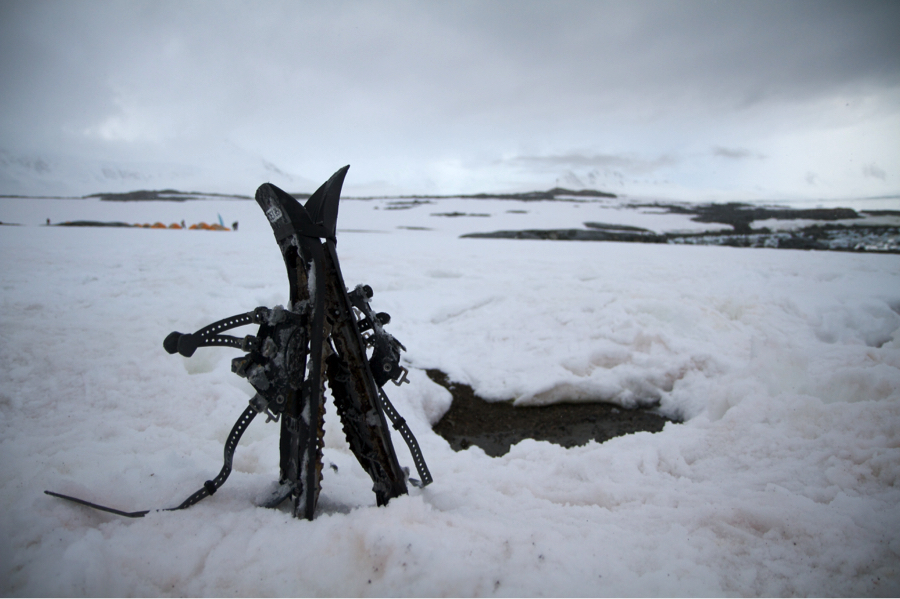
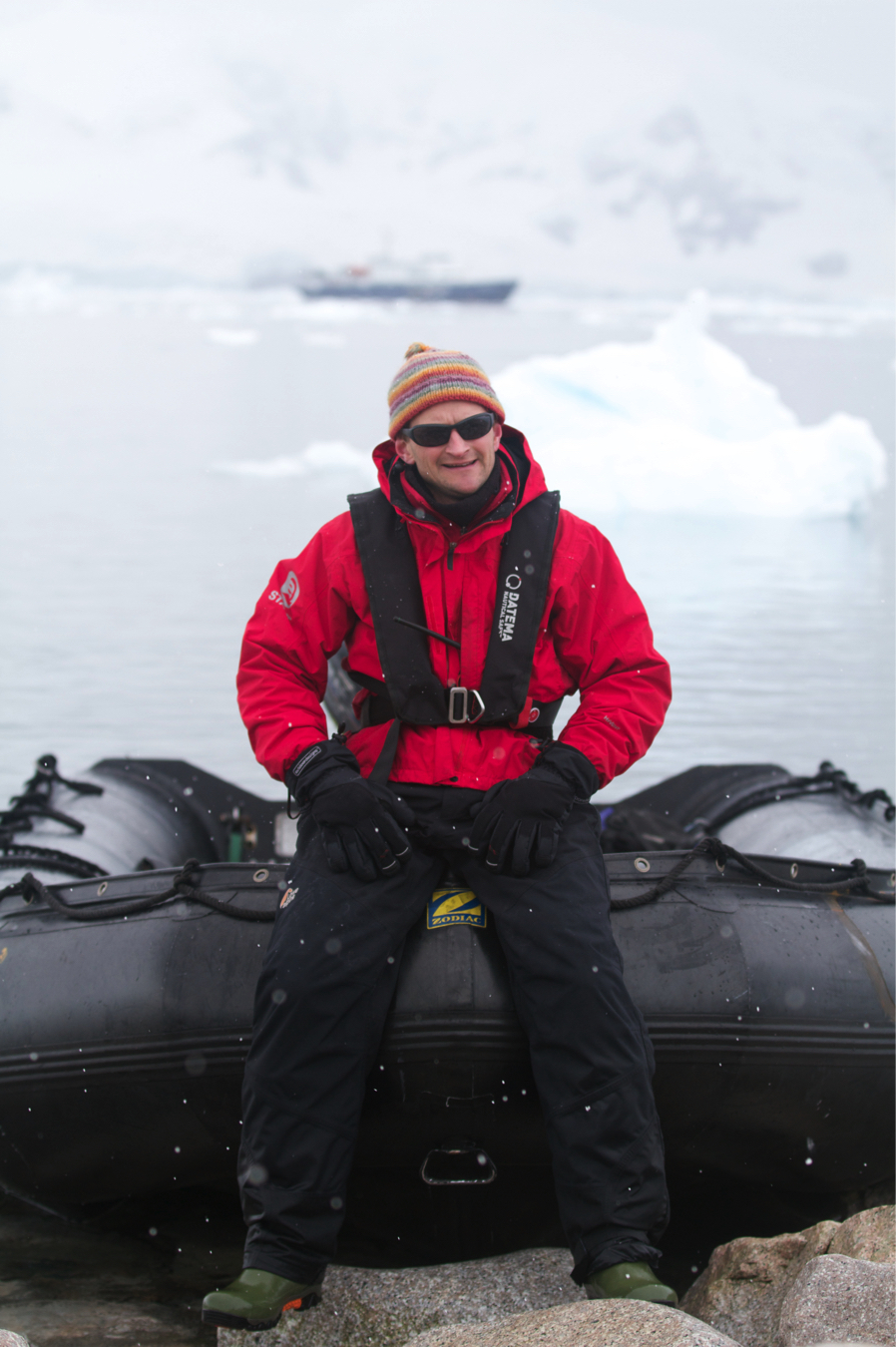
The essence of travel photography, opposed to just concentrating on the show-stopping photos, is to think outside the box and document the experience. Because you are photographing rusty show shoes, or an Expedition Leader taking a breather after hauling up a zodiac on the shore of Antarctica, the elements of photography like composition, proper focus, and lighting are as important if not MORE important. It’s the art behind the photograph that must shine, as the photo doesn’t readily sell itself like a rare shot of wild dogs on a hunt in Botswana would.

Oftentimes taking risks and adding an unnatural tilt to the camera can provide a sense of intrigue in the photo.

And sometimes deliberately making the photo dark or “under-exposed” can add to the mystery of an already mystifying scene before you.
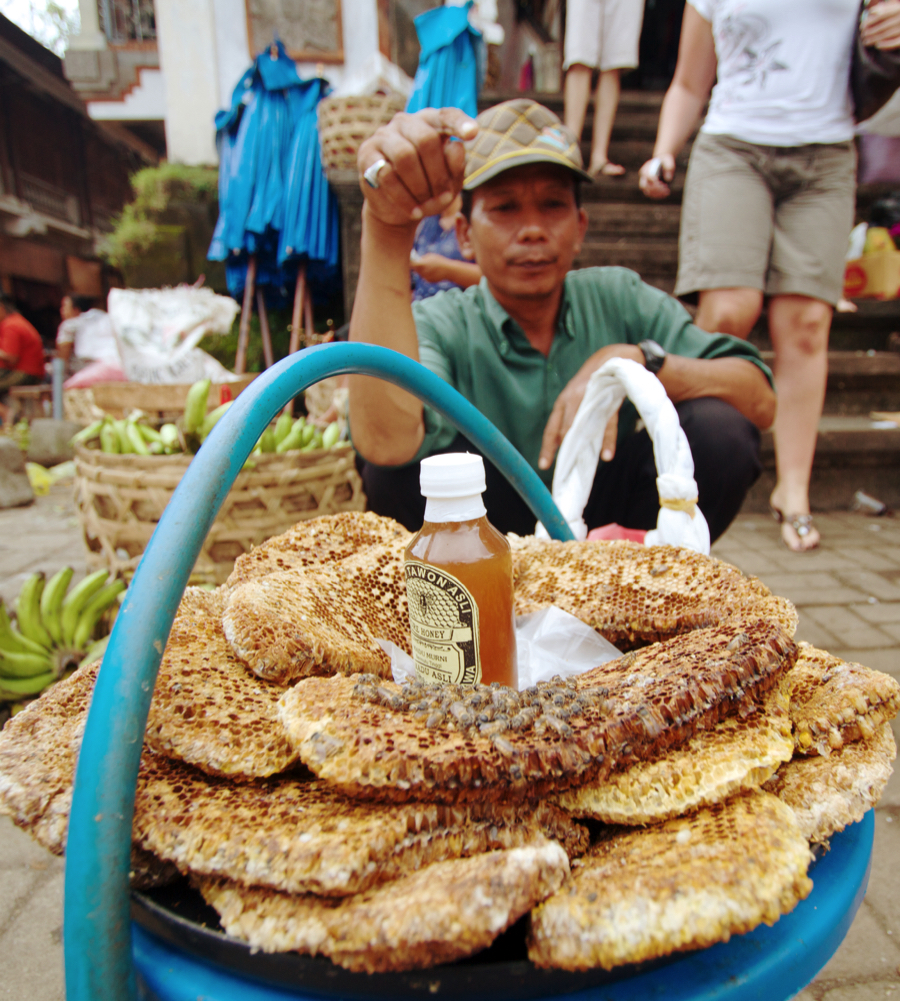
And don’t forget about interesting angles when you can get close to things. Here, a local beekeeper in Bali shows of his wares at a market.

And don’t forget to get a shot of your fellow travelers! After all, they were a significant part of your trip and the overall story.
Documenting your adventure is ultimately what we’re all after when photographing during travel. Whether you are trying to preserve the memory of the capuchin monkey you saw in the canopy trees of Costa Rica, or the charming villa you stayed at in the mountains of Central Mexico, your photographs are a permanent record of your trip. By looking for those special opportunities to document aspects of the adventure that aren’t the photo highlight your memories and photo album will be much richer for it. Certainly you don’t want to forgo the amazing vistas on your journey, like the view at sunrise in Bryce Canyon, but after taking a few shots of those, why not look around and tell the rest of the story?
Read more articles on Photography Styles:
